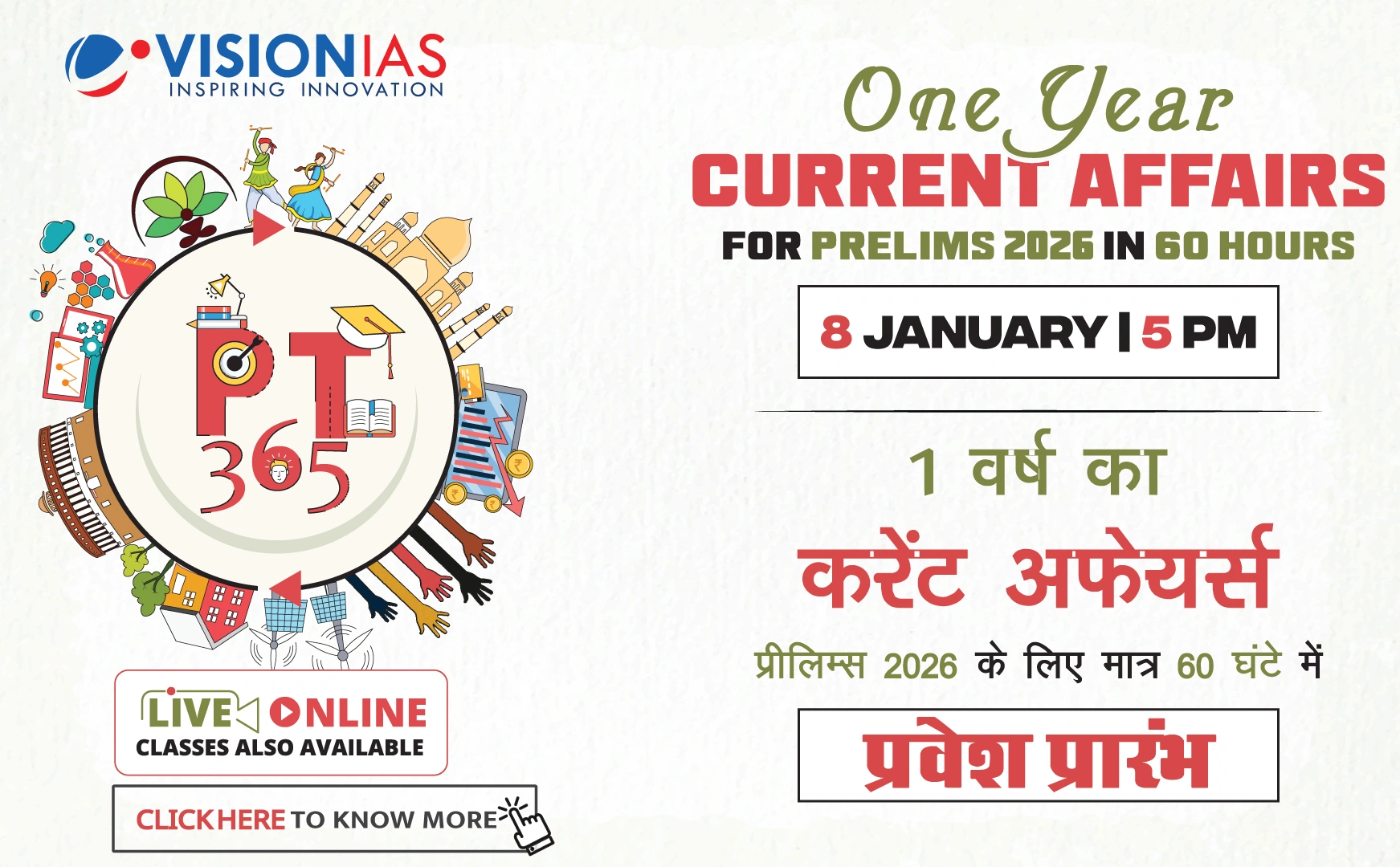Kerala's Maternal Mortality Ratio (MMR) and demographic trends
Current MMR Situation
- Kerala's MMR is the lowest in India at 19 per lakh live births.
- Recent trends show a steady increase in MMR, primarily due to a decrease in the number of live births rather than an increase in maternal deaths.
- The State's live births have dropped significantly from an annual average of 5-5.5 lakh to 3,93,231 in recent records.
Impact of Declining Birth Rates
- Fertility levels and demographics shifts are impacting Kerala's social structure.
- The birth rate fell below the five-lakh mark in 2016 and has continued to decrease.
- The total fertility rate (TFR) has dropped to 1.46 in 2021, indicating that most couples have one or no children.
Challenges in Achieving Sustainable Development Goals (SDGs)
- Kerala's MMR target of 20 by 2030 appears unreachable due to falling birth rates.
- Addressing medical causes of maternal mortality is not sufficient as demographic changes influence MMR.
- Factors like low fertility rates and societal attitudes towards marriage and childbirth are significant contributors.
Demographic Transition and Its Consequences
- Kerala led demographic transition in South India, achieving replacement level fertility in 1987-88.
- The elderly population is expected to surpass the child population in the next decade, posing challenges for care and welfare.
- Higher age at marriage and delayed childbearing lead to increased pregnancy-related morbidities among older mothers.
Concerns and Future Implications
- The reproductive age group's female population is dwindling, with many opting against marriage or childbirth.
- Projected decline in birth rate and its stark consequences are expected within two decades.
- Errors in birth registration and lack of data on abortions impact understanding of live birth numbers.
In summary, Kerala's rising MMR, despite being relatively low, is attributed to declining live births rather than increased maternal deaths. The state faces challenges from demographic shifts, falling fertility rates, and societal changes, which affect its ability to maintain a stable population and achieve its MMR targets. These trends underscore the need for comprehensive policy responses to address the evolving demographic landscape.



